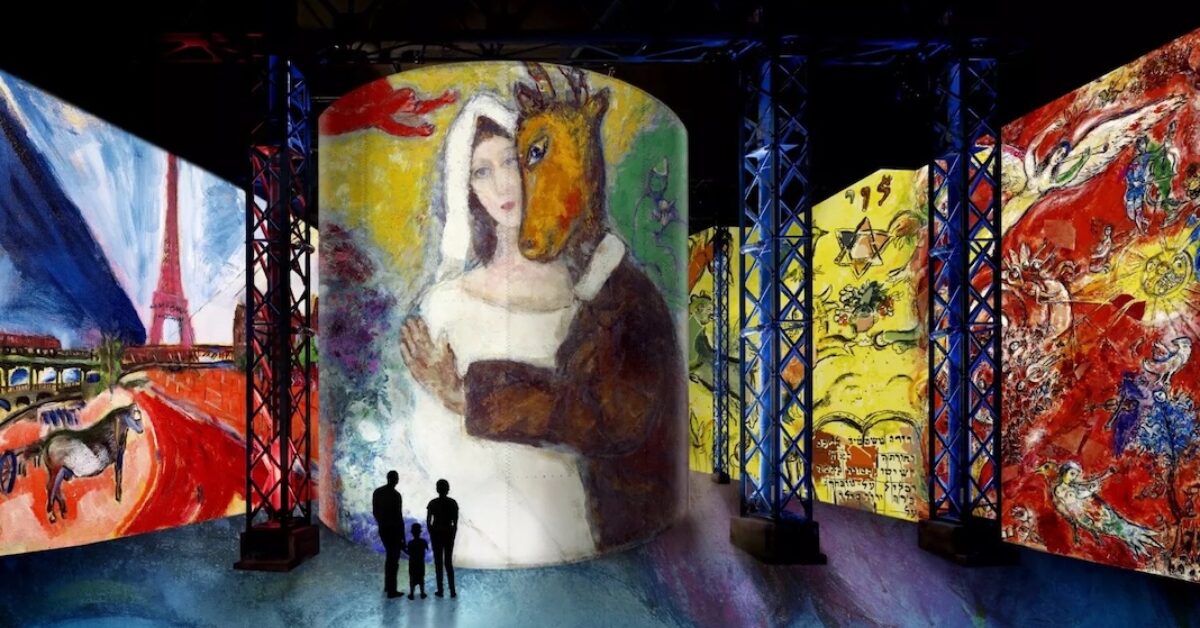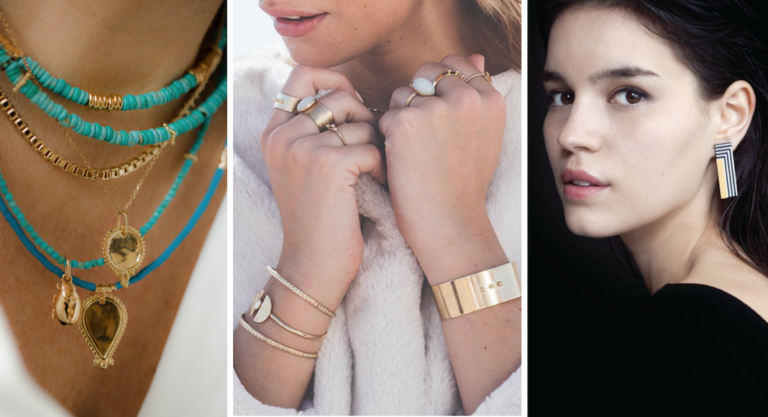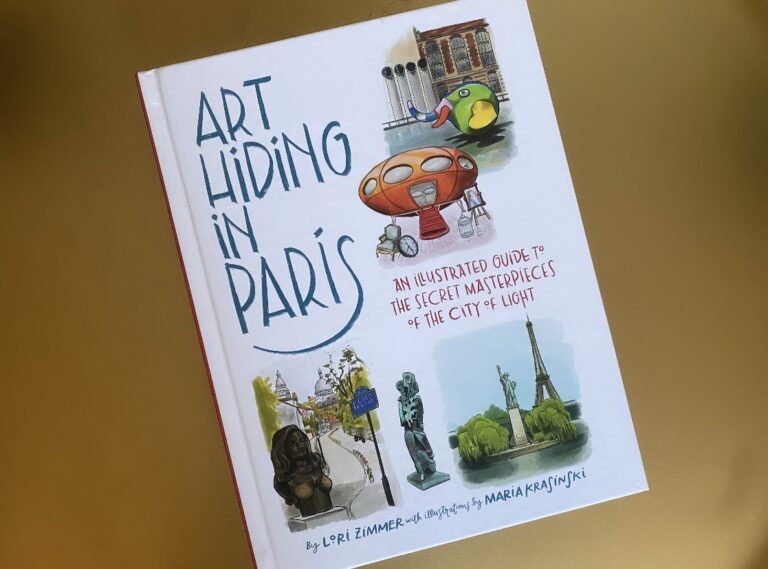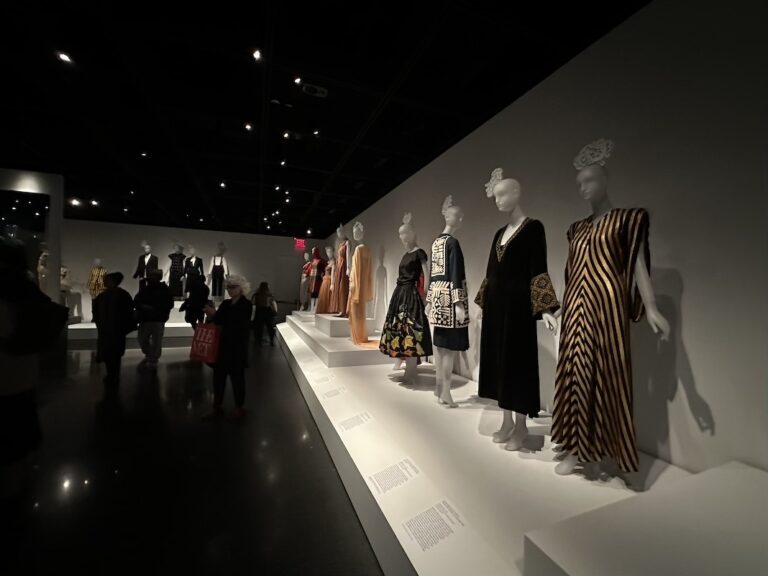Not all great French artists had the luxury to be born French. Some, like Marc Chagall, chose the country that gave us Matisse, Cézanne, and Degas. Born in 1887 in what is now Belarus, the modernist painter and glass worker transformed his memories of home into dreamlike works after being inspired by the influences of Cubism, Symbolism, and Fauvism in early 20th century Paris.
Now, Chagall’s work is coming to the Atelier des Lumières in Paris, the city’s trailblazer in immersive art. Titled Chagall, Paris — New York, the exhibit aims to present the artist’s body of work in full, while lasering in on the two cities where he did his most important work. The exhibition, curated by digital artist Gianfranco Iannuzzi, will run from February 17, 2023, through January 7, 2024 in Paris.
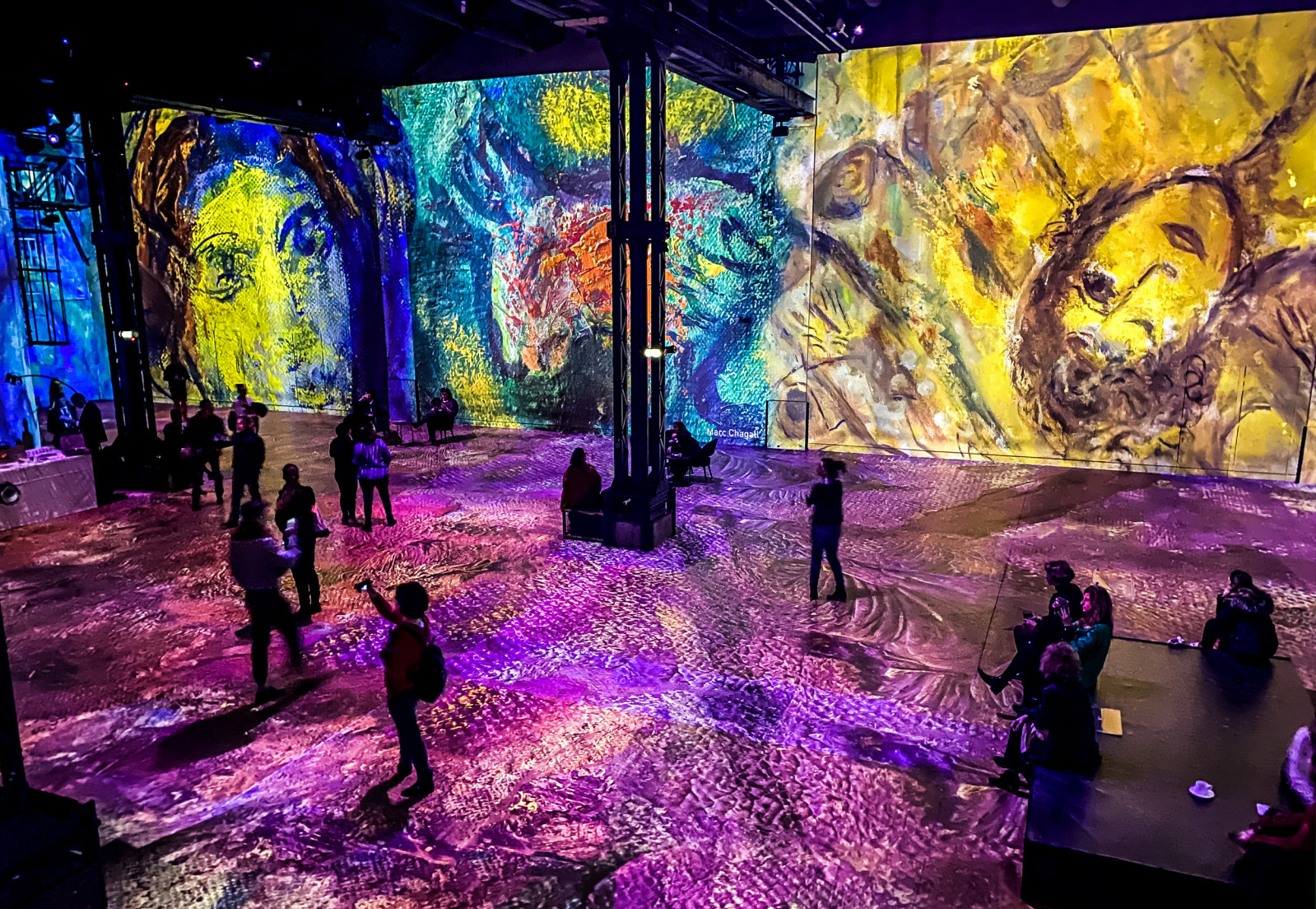
This isn’t the first time that Chagall’s works have danced across the walls of the Atelier des Lumières. In 2020, despite Covid delays, the Atelier presented a program of works by artists like Chagall, Renoir, and Monet, focused on the theme of “Mediterranean.”
In addition to his time on the Côte d’Azur, Chagall’s many varied stomping grounds each inspired his work in new ways. In Russia, which was overrun with political upheaval, he began to revisit the Russian folk art and “neo-primitivism,” and joined avant-garde organizations and campaigned for the renewal of urban decoration and stage art. In Paris, in his studio in La Ruche, a well-known artist residence in Montparnasse, Chagall rubbed shoulders with painters like Picasso, Delaunay, Gris, and Soutine; sculptors like Laurens, Zadkine, and Lipchitz; and poets such as Cendrars and Apollinaire. There, he learned about Cubism and Fauvism, which challenged his use of color and light. He escaped Nazi-occupied France in the 1940s and fled to New York, where he connected with the local Jewish culture reminiscent of his Hasidic upbringing. While in New York, the New World architecture and art scenes drew him to mediums like theater and ballet costumes, sculpture, ceramics, stained-glass windows, mosaics, and collage.
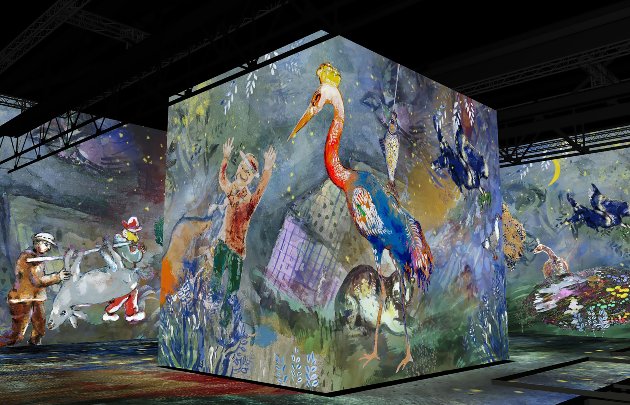
In 1954, Pablo Picasso famously said, “When Matisse dies, Chagall will be the only painter left who understands what color really is.” Now, the viewer gets to step inside that color.
Chagall’s images are recognizable both for their soft, crayon-like texture, and their surrealist figures, including giant roosters, rooftop fiddlers, clowns, smiling goats, and cows in many colors. His attention to color also literally shone through in his work designing stained glass windows for famous places of worship, like Reims Cathedral in France, Chichester Cathedral in the UK, the synagogue of Hadassah University Medical Centre in Jerusalem, and Mainz Cathedral in Germany. He even created the famous Peace Window at the United Nations headquarters in New York.
In the new exhibition, works from throughout Chagall’s life will be accompanied by extracts of classical music, klezmer, and jazz, to evoke his Russian roots and his life as a coming of age artist in 1920s Paris. As the exhibit’s press briefing explains, “Color, matter and wonder are the inseparable protagonists of this original presentation, which invites the viewer to discover the multidisciplinary nature of the artist, enriched over time by his back and forth between the places where he has lived, the historical periods he has crossed and the many techniques he has experimented.”
—
Catherine Rickman is a writer and professional francophile who has lived in Paris, New York, and Berlin. She is currently somewhere in Brooklyn with a fork in one hand and a pen in the other, and you can follow her adventures on Instagram @catrickman.

